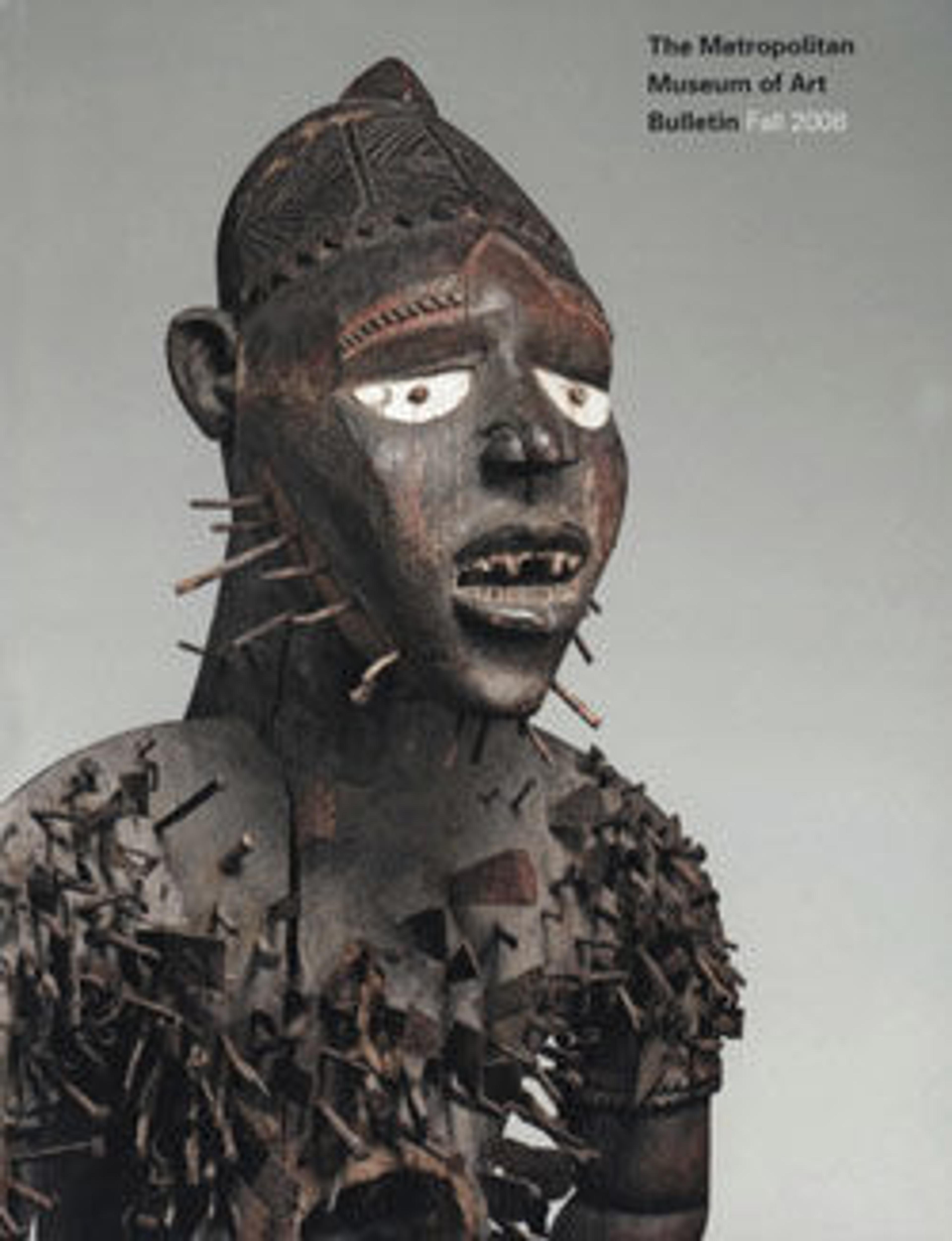The Lamentation
The surface of this pristinely preserved painting has an enamel-like finish and jewellike depth of color. It was painted by Domenichino a year after he moved from his native Bologna to Rome. The composition repeats that of a large altarpiece designed by Annibale Carracci for the Church of San Francesco a Ripa, Rome. Annibale greatly admired the talent of his young assistant, who in this painting outstripped his elder in creating a mood of restrained but poignant grief. The turbaned figure of Joseph of Arimathea with an urn was Domenichino’s personal interpolation into Annibale’s composition.
Artwork Details
- Title: The Lamentation
- Artist: Domenichino (Domenico Zampieri) (Italian, Bologna 1581–1641 Naples)
- Date: 1603
- Medium: Oil on copper
- Dimensions: 20 7/8 x 14 3/4 in. (53 x 37.5 cm)
- Classification: Paintings
- Credit Line: Purchase, Walter and Leonore Annenberg Acquisitions Endowment Fund, European Paintings Funds and funds from various donors; Mark Fisch and Rachel Davidson, and The Reed Foundation Gifts; Gwynne Andrews Fund; Elaine Rosenberg Gift; The Edward Joseph Gallagher III Memorial Collection, Edward J. Gallagher Jr. Bequest; Marquand Fund; Museum Purchase Fund; Peter Tcherepnine Gift; The Camille M. Lownds Fund; Stephenson Family Foundation Gift; Ruth and Victoria Blumka Fund; Earl Kiely Bequest; and The Morse G. Dial Foundation, 2005 CINOA Prize and Diane Carol Brandt Gifts, 2008
- Object Number: 2008.72
- Curatorial Department: European Paintings
More Artwork
Research Resources
The Met provides unparalleled resources for research and welcomes an international community of students and scholars. The Met's Open Access API is where creators and researchers can connect to the The Met collection. Open Access data and public domain images are available for unrestricted commercial and noncommercial use without permission or fee.
To request images under copyright and other restrictions, please use this Image Request form.
Feedback
We continue to research and examine historical and cultural context for objects in The Met collection. If you have comments or questions about this object record, please contact us using the form below. The Museum looks forward to receiving your comments.
